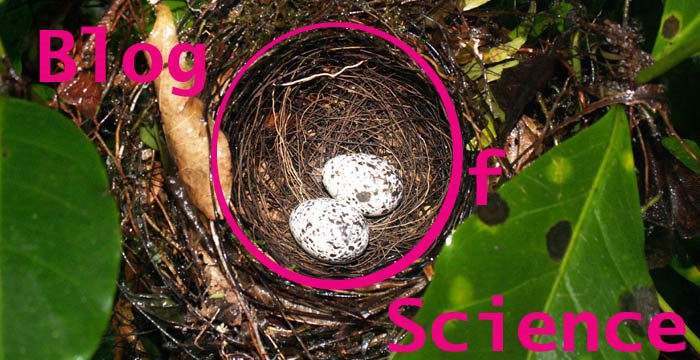One of the topics she knows and I don't is biomechanics. She quickly developed an interest in rotifer fluid mechanics. So yesterday afternoon NN and I went up to the lab of Dr. Mimi Koehl, aquatic invertebrate biomechanician extraordinar and talked to her grad-student and my friend, Lindsay.
It turned out Lindsay and NN have a lot in common. They both are fascinated by aquatic invertebrates, biomechanics, fluids, and the interactions of these concepts. And they both know what a veliger is. In fact, they had quite a long discussion about veligers of different types, and how many of them have a range of similarities to rotifers. I, throughout this entire conversation, played the game of trying to take part in the discussion while also attempting to deduce what a veliger was.
I figured out this much: veligers are a subset of the larvae of aquatic invertebrates. They are motile plankton whose motive force and/or feeding is supplied by rings of compoud cilia, the same as one would find in a rotifer. They often grow up into forms that are not moved by cilia, like muscles and snails. When said quickly, veligers sounds a lot like villagers, which renders funny any conversation about what sorts of creatures eat veligers.
Today I looked up what a veliger actually is. I wasn't too far off the mark. A veliger is a young mollusk in a developmental stage provided with a velum, a membrane edged with clilia used for locomotion and feeding. Cilia are only a reasonable way to get around if one is small (a couple of millimeters at most) so once a veliger grows that big it generally moves on to other means of locomotion, losing its velum and thereby its veliger status. Veligers are found in the bivalves (clams, muscles etc) and the marine gastropods (snails and sea-slugs).
Lindsay says that several people have wanted to study how veligers use their cilia to feed and move, but that little progress has been made because of the difficulty of finding and keeping them. They die, they grow up, they don't reproduce quickly. So since I know how to provide a large number of the animals that most closely resemble veligers in their use of cilia, rotifers, and Nicole and Lindsay know about biomechanics and veligers and all that, it seems we have a good collaboration.
P.S. Here is a photo of a Fusitriton veliger that Lindsay sent me. I Photoshopped it to increase the contrast, to make the cilia more visible.


